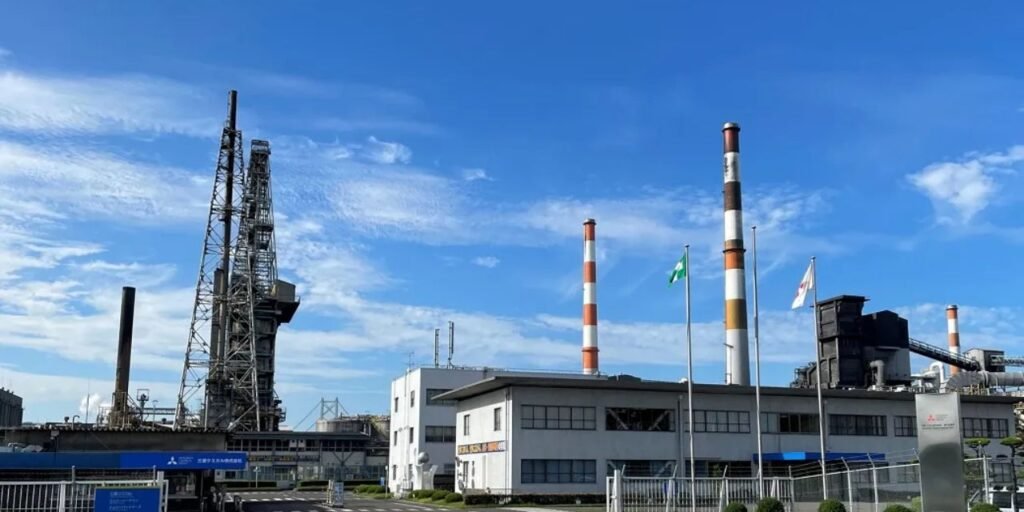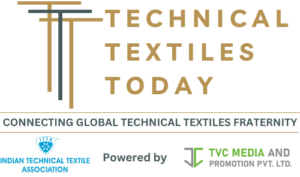
Perspectives
- By October 2026, the Mitsubishi Chemical Group plans to double the production of anode materials for EV lithium-ion batteries at its Kagawa Plant in Japan.
- The new material surpasses synthetic graphite in terms of battery life by using natural graphite, which has low greenhouse gas emissions, with cutting-edge technology.
- Supporting carbon-neutral mobility and strengthening supply chains are the goals of the expansion.
At its Kagawa Plant (Sakaide, Kagawa Prefecture), the Mitsubishi Chemical Group (henceforth referred to as the “Group”) has chosen to expand its production capacity of anode material for lithium-ion batteries, which are primarily used in electric vehicles (EVs). The expanded operations are expected to begin in October 2026.
Graphite, either synthetic or natural, is used to make anode material, one of the main components of lithium ion batteries. Products manufactured from natural graphite, which has a low greenhouse gas emission production method and certain benefits in terms of lifetime evaluation, are the Group’s strongest point. Furthermore, by limiting swelling, which has been a problem with natural graphite and impacts battery life, the Group has developed a grade that outperforms synthetic graphite using new unique technologies.
To improve supply chains and further efforts to make mobility materials more carbon-neutral, the Group has chosen to expand manufacturing capacity at the Kagawa Plant to create this grade of product.
- The Mitsubishi Chemical Corporation’s Kagawa Plant is located in 1 Bannosu-cho, Sakaide, Kagawa Prefecture, Japan.
- The projected start date of increased operations is October 2026.
- Capacity for production: 11,000 tonnes annually
